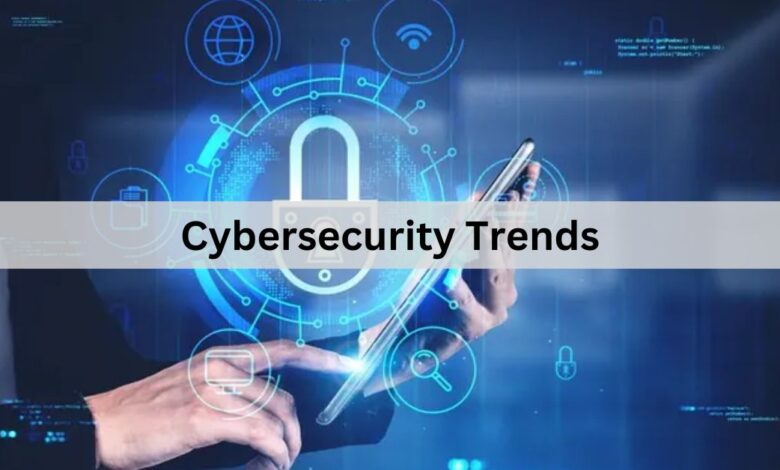Cybersecurity Trends – Safeguarding Digital Assets in an Evolving Threat Landscape!

Introduction to Cybersecurity Trends
Cybersecurity is critical in today’s digital age, where organizations and individuals face increasingly sophisticated cyber threats. This article explores the latest cybersecurity trends, emerging threats, innovative technologies, best practices, and strategies to protect against cyber attacks.
Emerging Cybersecurity Threats
1. Ransomware Attacks
Ransomware continues to pose a significant threat, with cybercriminals targeting organizations of all sizes to encrypt critical data and demand ransom payments. Advanced ransomware variants exploit vulnerabilities in outdated software and inadequate security measures.
2. Phishing and Social Engineering
Phishing attacks deceive users into divulging sensitive information through fraudulent emails, websites, or messages. Social engineering tactics manipulate human psychology to trick individuals into compromising security credentials or financial data.
3. Supply Chain Vulnerabilities
Supply chain attacks exploit vulnerabilities in third-party vendors or suppliers to infiltrate targeted organizations’ networks. Cybercriminals compromise trusted relationships to gain unauthorized access and exploit sensitive data or systems.
Innovative Cybersecurity Technologies
1. Artificial Intelligence (AI) and Machine Learning (ML)
AI and ML algorithms analyze vast datasets to detect anomalous behavior, identify potential threats, and automate incident response. Behavioral analytics and predictive models enhance threat detection and mitigate cybersecurity risks in real-time.
2. Zero Trust Architecture
Zero Trust security models verify every user, device, and network transaction, regardless of location, to prevent unauthorized access. Identity-centric policies enforce least privilege principles and monitor access continuously to reduce attack surfaces.
Best Practices for Cybersecurity
1. Regular Security Assessments and Audits
Conduct periodic security assessments, vulnerability scans, and penetration testing to identify and remediate potential weaknesses in IT infrastructure, applications, and networks.
2. Employee Training and Awareness
Educate employees about cybersecurity risks, phishing techniques, and best practices for identifying suspicious activities. Regular training programs foster a security-aware culture and empower staff to mitigate potential threats effectively.
3. Multi-factor Authentication (MFA)
Implement MFA solutions to enhance authentication security by requiring multiple verification factors, such as passwords, biometrics, or security tokens. MFA reduces the risk of unauthorized access in case of compromised credentials.
Future Trends in Cybersecurity
1. Quantum-Safe Cryptography
As quantum computing advances, quantum-safe cryptographic algorithms will become essential to protect sensitive data from quantum-enabled decryption methods and ensure long-term security.
2. Cybersecurity Automation and Orchestration
Automation and orchestration platforms streamline incident response processes, accelerate threat detection, and facilitate coordinated actions across security operations teams to mitigate cyber threats effectively.
Conclusion
Cybersecurity is a dynamic and evolving field that demands proactive measures, continuous vigilance, and innovative strategies to combat emerging threats. By staying informed about current cybersecurity trends, adopting advanced technologies, and implementing robust security practices, organizations can strengthen their defenses and safeguard digital assets against evolving cyber risks.
Whether you’re an IT professional, business leader, or individual concerned about cybersecurity, prioritizing proactive measures and staying ahead of emerging threats is crucial in protecting sensitive information and maintaining digital resilience.



